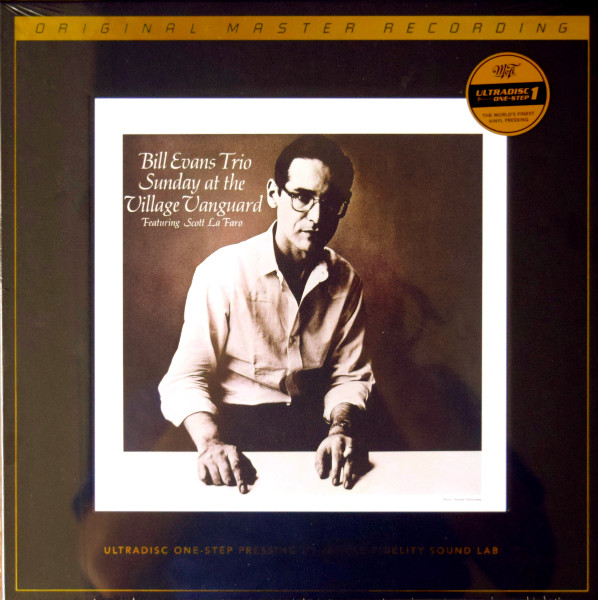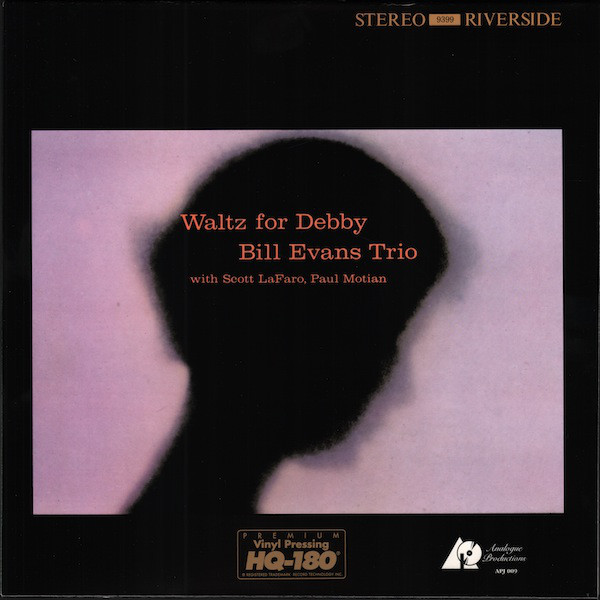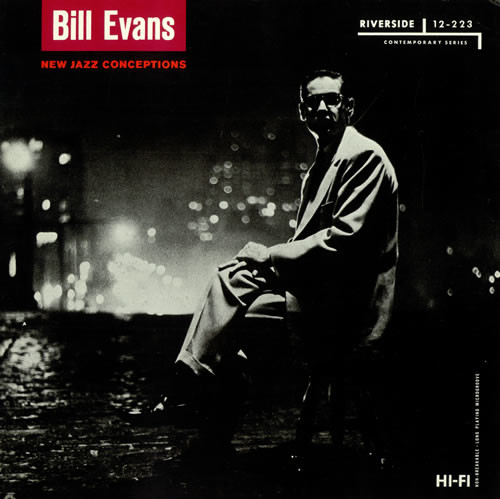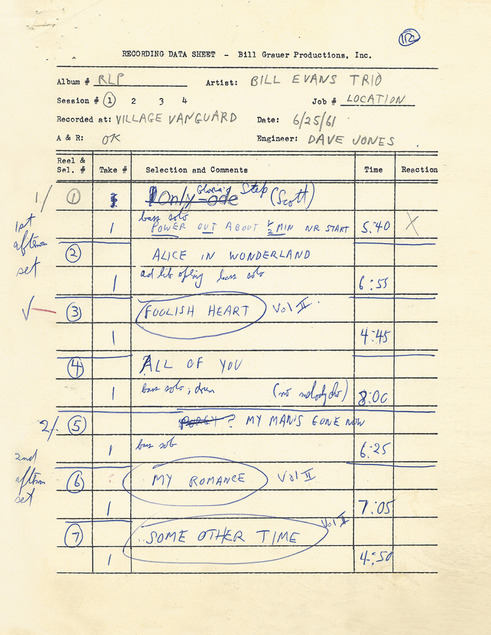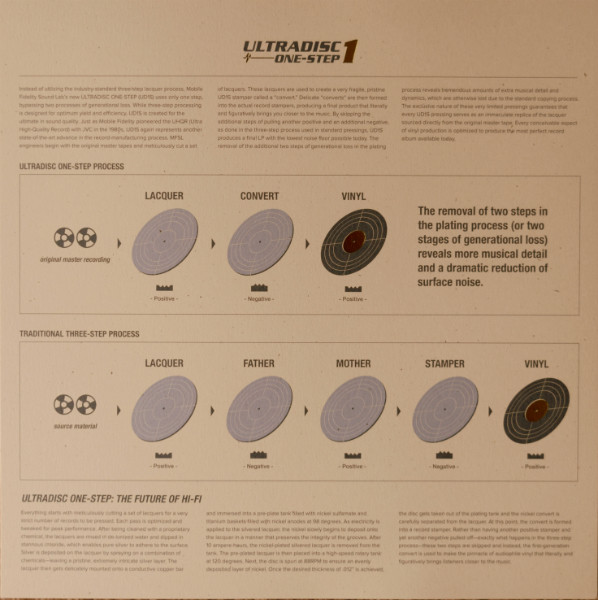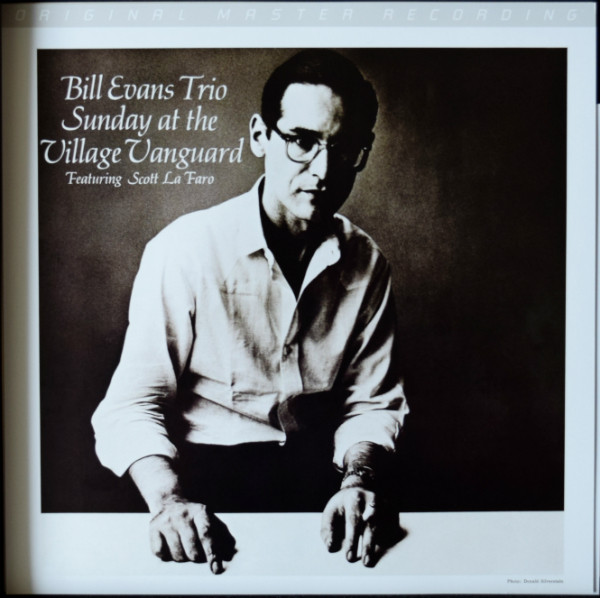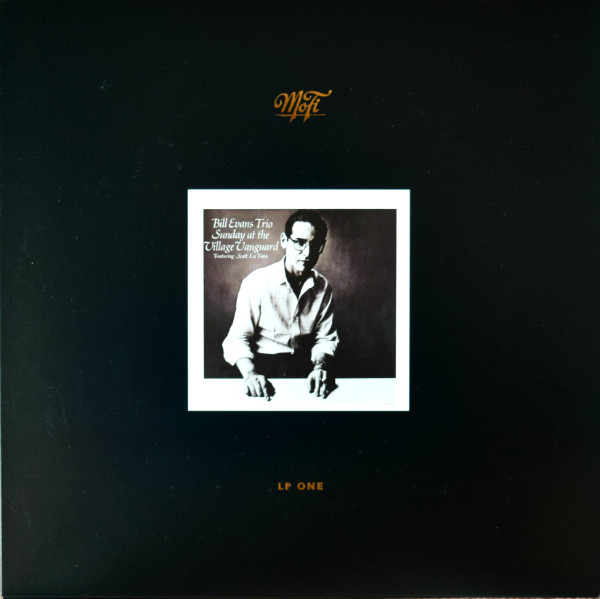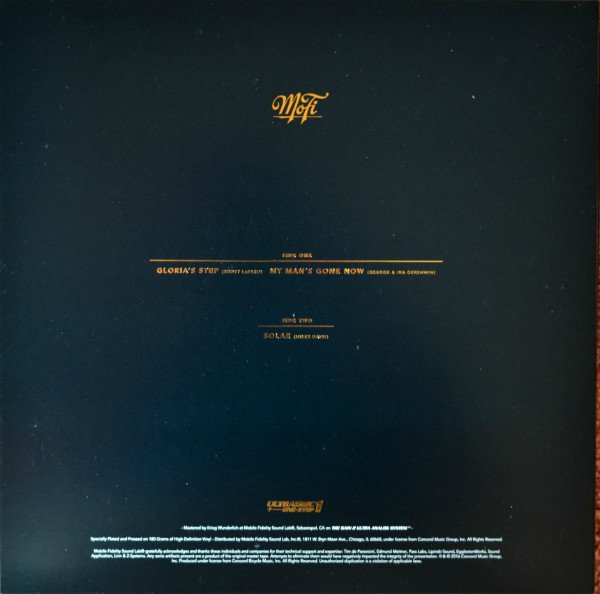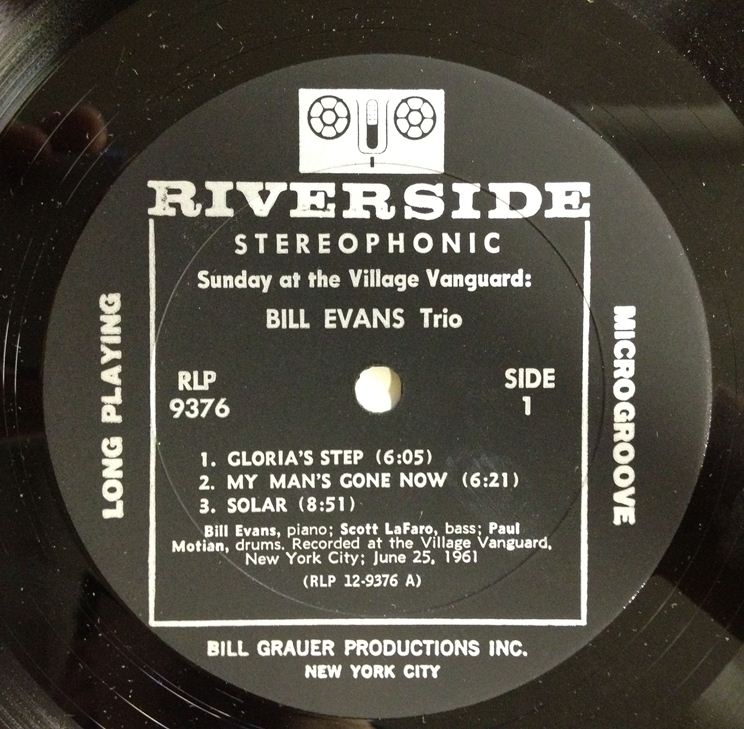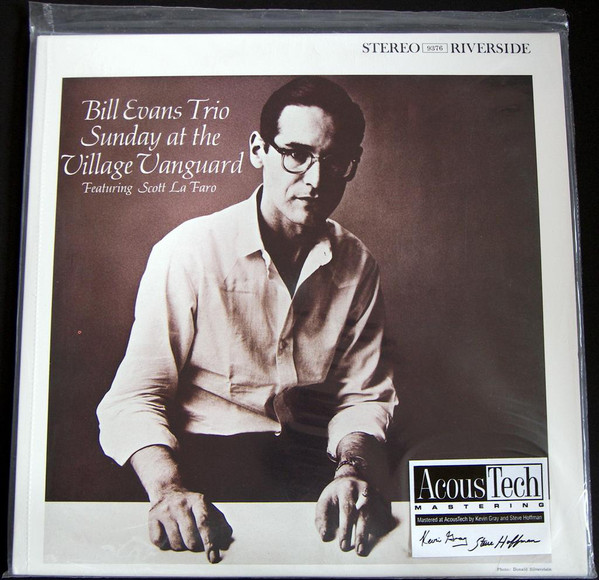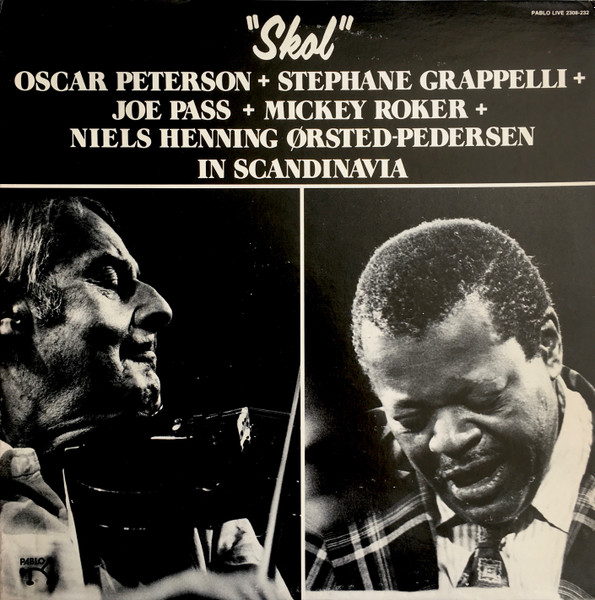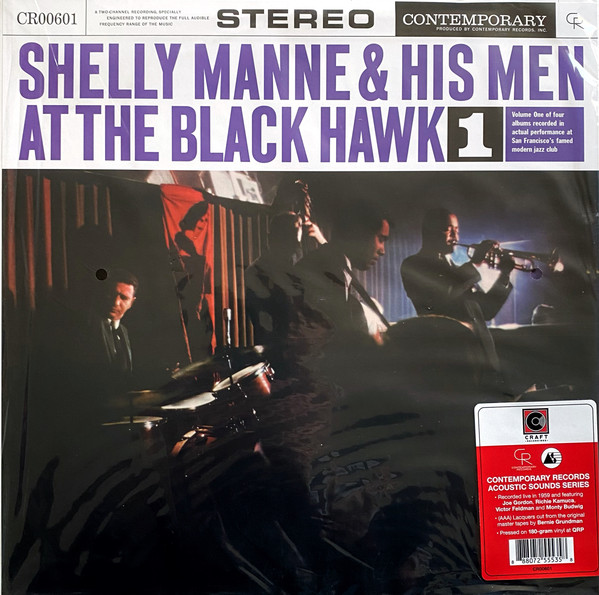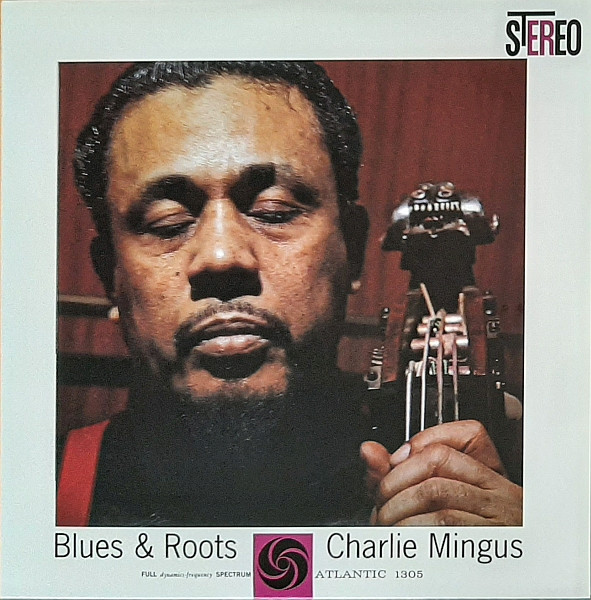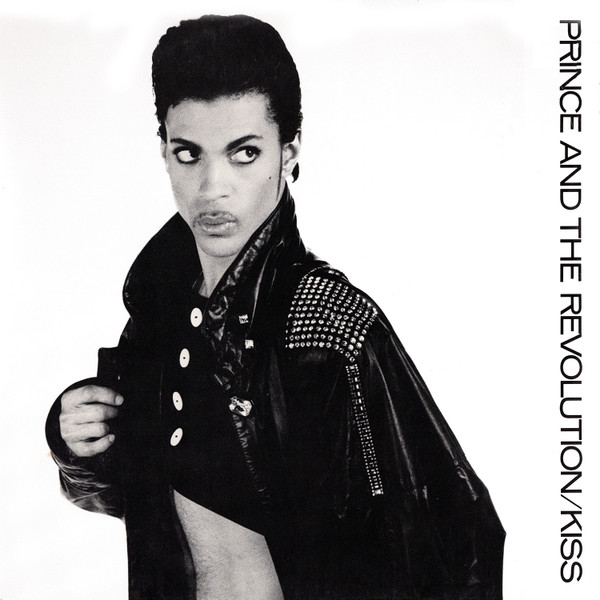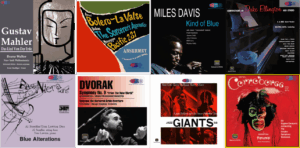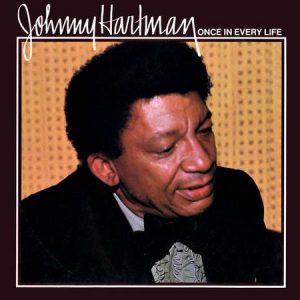Bill Evans Trio, Sunday at the Village Vanguard. Mobile Fidelity Sound Lab UD1S 2-002 Box (2017, June), #2103 of 3000. Originally released on Riverside – RLP 9376 (1961, Oct.) Category: jazz. Format: Vinyl (2x180 gram LPs at 45 rpm)
Ratings
Global Appreciation: 9.6
- Music: A (9.0)
- Recording: 9.2
- Remastering + Lacquer Cutting: 10
- Pressing: 10
- Packaging: Deluxe
Musicians
Bill Evans - piano
Scott LaFaro - double bass
Paul Motian - drums
Additional credits
Produced by Orrin Keepnews
Recorded at The Village Vanguard, NYC
Engineered by Dave Jones
Originally mastered at Plaza Sound Studios. Remastered and cut by Krieg Wunderlich at Mobile Fidelity Sound Lab in Sebastopol CA. Plated and Pressed by RTI, Ca, USA. Album Design by Ken Deardoff. Cover art by Donald Silverstein
Recorded live at the Vanguard in Greenwich Village, NYC, on a famous Sunday afternoon and night of June 25, 1961—the legendary venue situated on Seventh Avenue South, served host for a historic moment in time. Playing a total of 13 songs in the smoky, triangular-shaped basement, this was the last day of a two-week gig, and sadly ten days before Scott LaFaro's tragic car accident. 'Village' along with its counterpart Waltz for Debbie—drawn from the same sessions—have long been considered quintessential live trio recordings; both for masterful musicianship, and deep audiophile admiration for their natural timbres, and airy ambiance. For these reasons alone, both albums should share similar shelf space in one's LP collection.
Produced by Orrin Keepnews, and captured magically by recording engineer Dave Jones—with three mics, mixed in an Ampex MX-35 tube mic/line mixer-preamp onto an Ampex 350-2 or 351-2 two-track running Scotch 111 at 15 ips—alongside subtle tinkling glass intrusions, minimal chatter interventions, and 'polite' applause; this was Evans' fifth release for Riverside—his first appropriately titled New Jazz Conceptions [Riverside RLP 12-223]—and remaining a best seller ever since.
It showcases the impressive intuitive interplay between him, bassist LaFaro, and drummer Paul Motion—both of which he first collaborated with, back in 1957 and 1955 respectively. Not surprisingly there have been numerous reissues since its initial inception.
This is the second limited edition 'UltraDisc One-Step' 45rpm box set released by Mobile Fidelity after the stunning sound success of Santana's Abraxas [UD1S 2-001], sold out within its first month–manifestly to be the same scenario here. As in the latter case, the two LP's are housed, and presented in a deluxe one-inch thick, black carton box with gold-colored lettering and trimmings, framing the original b&w cover art—by famed photographer Donald Silverstein—in a reduced 8 1/2 x 8 1/2 inch slightly sunken square.
Upon opening, a dark grey foam hides the inner jewels; under which, two elegant 10 x 12 inch, high quality b&w photos—by American photographer Steve Shapiro. Renowned among other things for his work documenting the Civil Rights Movement, and in his first year as a freelancer—one captures the trio backstage; the other, the maestro hunched over the 'ivories', intensely immersed in the moment.
Next in line is a thin cardboard with pictographs explaining in great detail the unique 'one-step' process. This is followed by a double-sided, full-sized cardboard printed replica of the original front and back cover art, with MoFi's ubiquitous strip added at the top instead of the usual "Stereo Riverside".
Finally we reach the treasured vinyl, inserted in individual numbered cardboard sleeves similar to the box cover art, with the track titles printed on the back side, and the LP's further protected, by MoFi's inner HDPE sleeves inside a white folded cardboard. As usual with MoFi, no attempts were made to duplicate the original Riverside label, replaced instead with the same design as their other UD1S LP.

Lastly a second foam, 'cushions the blow' of box handling. While other labels may 'throw in' a t-shirt, a CD or a free digital download card, MoFi sticks with the essentials, valued by demanding audiophiles: outstanding record protection mated with a classy refined presentation. In other words my friends, this is the 'Rolls Royce' of vinyl packaging!
I do not have an original pressing to compare with, but I do own the 2002 Analogue Productions [AJAZ 9376] double 45rpm done by Kevin Gray and Steve Hoffman which is generally excellent, rating it around an 8.7—the bass lacking some weight and precision compared for instance to another Evans release [AJAZ 9487] by the same technical team that sonically surpasses it. All four sides of the MoFi were stunningly shiny, black, with no scratches, nor scuff marks.
I visually compared the modulated groove vs dead wax space between both 'Village' audiophile reissues in question. Below are the approximate 'linear' measurements in inches 'rounded off':
- P.: Side A = 3 1/8 mod. groove + 5/8 wax.
- MoFi: Side A = 3 mod. groove + 3/4 wax.
- P.: Side B = 2 7/8 mod. groove + 7/8 wax
- MoFi: Side B = 2 1/4 mod. groove + 1 1/2 wax
- P.: Side C = 2 3/4 mod. groove + 1 wax.
- MoFi: Side C = 2 1/4 mod. groove + 1 1/2 wax.
- P.: Side D = 2 7/8 mod. groove + 7/8 wax
- MoFi: Side D = 2 7/8 mod. groove + 7/8 wax
We can ascertain that certain sides (like D) are identical in spacing ratios while all the other sides favor a bit more distance from the label on the MoFi cutting, the latter playing it 'safer' regarding the high frequencies, inner groove distortion, and 'pinch effect' which typically increase as the groove radius decreases.
In a nutshell, whereas a normal 'three-step' release utilizes the following chain: [lacquer + father + mother + stamper], the 'one-step' method skips the father and mother intermediary steps, going from lacquer directly to stamper or 'convert' in this case. Because of the limited number of pressings that the delicate convert can withstand in the typical press before audible deterioration creeps in–supposedly somewhere around 500 or so for 180g LP's—it implies that a minimum set of 5 converts per side must be created from a set of 5 lacquers per side to meet the expected target of 3000 copies. This not only takes the remastering/cutting job five times longer to perform but also exposes the precious original master tape to more wear and tear—the iron oxide, binder (glue), and acetate, Mylar or polyester carrier coming apart sometimes with time, aka 'binder breakdown', and remedied only by 'baking' the tapes for precise times and temperatures. Considering all of the above, the $100 asking price seems well justified, and I would not be surprised if they make less money or profit on these than their regular releases.
It also suggest that there could very well be minor differences in sound among the 5 'plate' sets, and as such, differences in sound between box sets, relative to the 'batch' number that the consumer happens to get—more so than the usual MoFi release or any other label following the normal three-step process, all else being equal (which admittedly is rarely the case, especially regarding vinyl because of the multitude of variables from master tape before reaching your platter, and everything subsequent to that). One can also ponder if for example the fifth cutting run is either 'penalized' because of the tape wear or rather privileged for getting the EQ and groove-spacing 'spot-on'; then again are all the parameters/choices 'locked-in' for the total 'project run' to maximize uniformity? What about the cutting stylus–does it get changed for every set? So many questions, so little time.
Following that logic, there are at least 5 sets of A, B, C, and D. Now one would presume that the first batch (#1 to 600) would be etched 'A1; B1; C1; D1' and the last batch (#2400 to 3000) would be 'A5; B5; C5; D5'. Strangely that is not the case, for my #2103 copy bore the respective matrix / run-out stamper etchings: 'UD1S2-002 A5; B2; C1r; D1 KW@MoFi' ...whereas the copy entered in Discogs' database #144 indicates: 'A1; B4; C3; D4'
I ignore the significance of 'r' after the 'C1' but the KW as usual stands for engineer Krieg Wunderlich, who in this instance worked alone instead of being assisted by Shawn R. Britton—as was the case with the Santana—if the credits are complete. I was curious to find out if the level of superiority first encountered between the two Santana versions (see selection #1 of my Top 500 SuperSonic List HERE) would repeat itself this time to the same degree with a different recording; let's now find out...
In the very first moments the recording begins, you can hear and feel a brief low vibration that instills a sense of venue scale and stage presence—curiously encountered on the said Santana within a similar time frame—but completely absent on the A. Prod LP. Immediately, what startles the listener is the quality and quantity of the double-bass which is astounding by any measure, and clobbers the A. Prod. in that specific area, with a triad of unwavering solidity, pitch precision, and presence like I've never encountered before on record—with the exception of the Santana, and Diamond Version's Box-set [TOP 500 #3]—which in my opinion 'steals the show' right from the opening bars. Kudos to Krieg Wunderlich who must have used judicious amounts of precise parametric EQ or perhaps even some finely focused dynamic EQ to obtain this extreme level of 'addictive' refinement. This brings LaFaro so much more upfront 'in the mix', the 'dude' dominating stage left; his dexterity along the fingerboard and strings is mesmerizing, making him much easier to follow—for that alone making my purchase all the more justified. What sets him and the trio apart from other bassists and trios of that era is the seminal role he and Evans had in redefining what a jazz trio stands for—from traditionally accompanying the piano in a supportive way to 'equal partners' in melodic explorations instead of simply rhythmic backing, as was still pretty much the norm then. His tragic departure at age 25, all the more devastating given his immense talent, and the musical imprint he left behind.
The piano and drums also 'move closer' gaining greater presence, along with better contrasts due in large part to the blacker background of the 'dead-silent' RTI pressing, made from MoFi's noise-free converts. Not one tick or pop was detected from start to finish. Going back to the A. Prod. is akin to being displaced 'ten rows further back'! If you tend to sit in the first or second row at live venues like I always do, the MoFi gets you so much closer to the 'real deal'. On the other hand if you tend to sit midway or far from the stage, the softer sounding A. Prod. could be more your cup of tea, though admittedly at the sacrifice of musical performance detail. Keep in mind that if you never get the chance of listening to the MoFi UD1S, you probably will find the A. Prod. quite enjoyable.
Evans' piano playing tends to concentrate more in the middle and higher registers, so do not expect to hear bluesy 'Basie-esque' hefty lows a la Pablo productions or you risk being disappointed; instead impressionistic influences such as Debussy, Ravel, Fauré, Satie, and Gould—another 'huncher', and admirer no less—come to mind. This should not come as a surprise given his early training in the great classical repertoire.
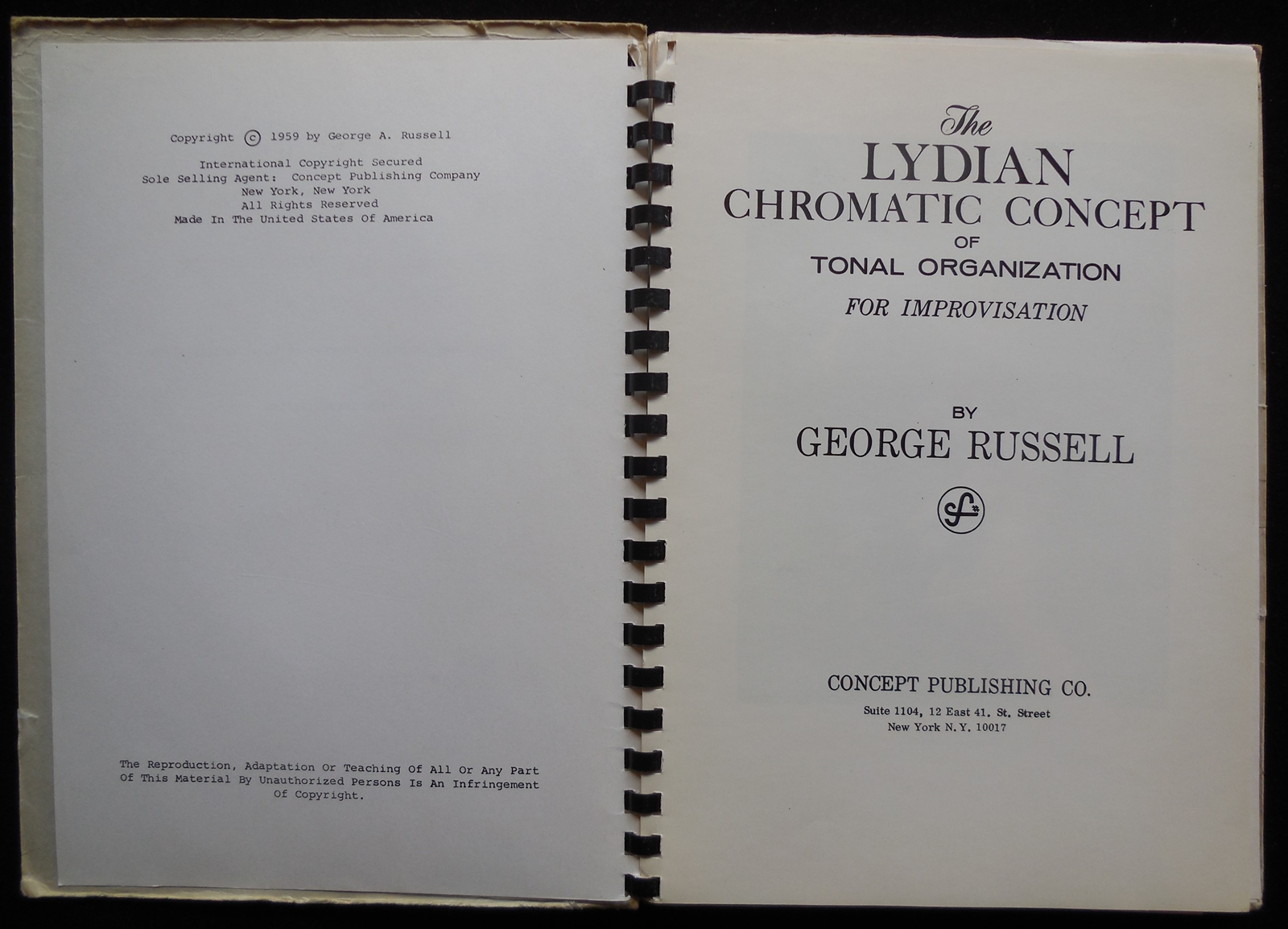
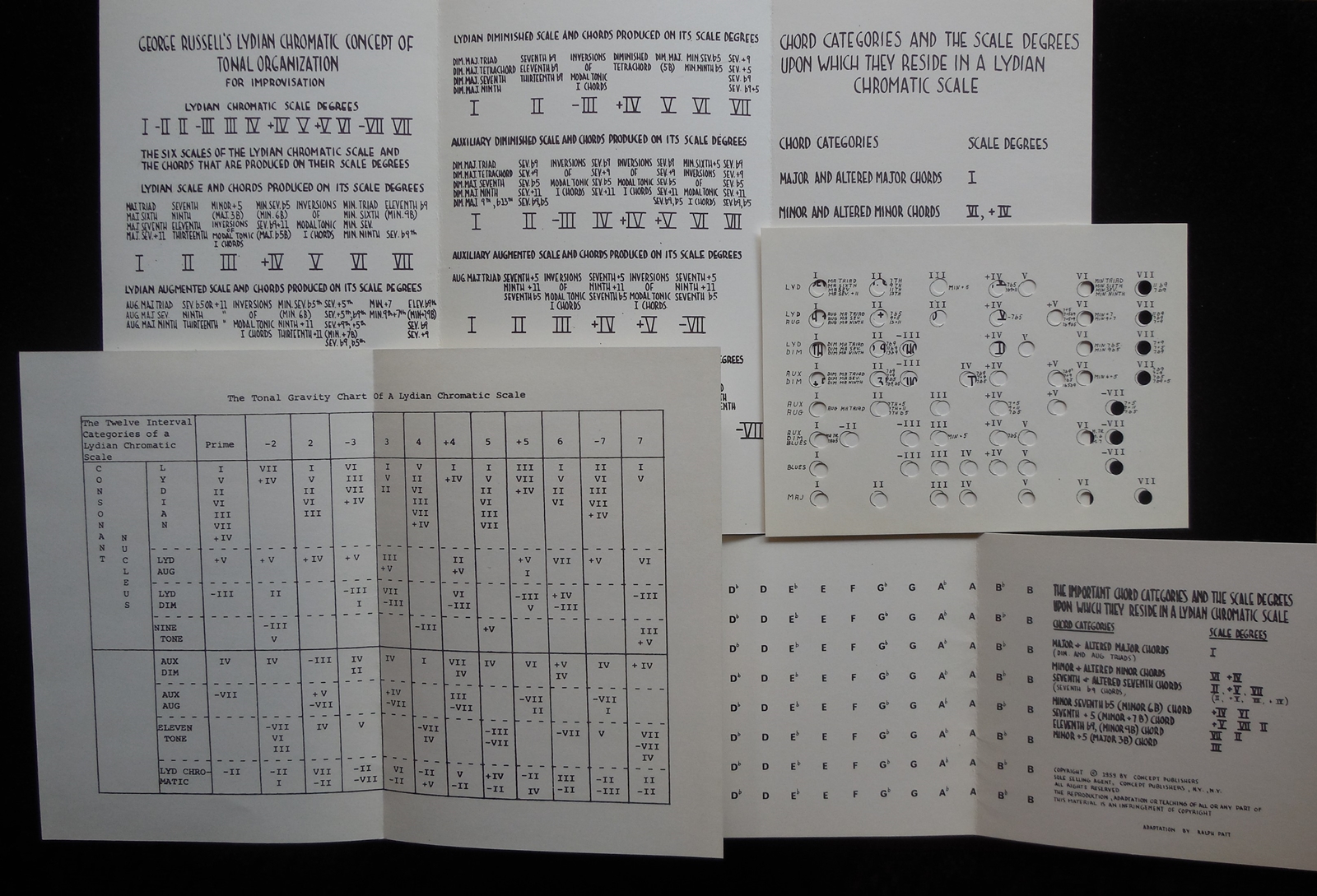
In the mid-1950s he would cross paths with pianist, composer, and arranger George Russell who was in the midst of conceiving his Lydian Chromatic Concept, relying on tonal gravity, and the Lydian mode or musical scale, hence opening the gates for modal jazz. Later on this would serve him well as he put theory to practice under the guidance of Miles, culminating in the all time best selling jazz album—Kind of Blue. Always self-critical, and often lacking confidence in his musical abilities—like so many jazz greats of those years—he got hooked to heroin.
Similar to the Santana UD1S, the tonal balance is full range, reaching deep down into 'seismic territory', then up to 'insect territory' with tons of wonderful detail. If your system is hyper-detailed to begin with, you may find both UD1S titles just a bit over the top. My system is not voiced in that direction but rather ever so slightly, in a 'downward slope', leaving the bass and low mids 'in charge', which fits just right with these thoroughbreds, and most releases. For those in the former camp, you may try lowering a touch the tonearm's VTA at the main bearing end if it is adjustable, and only if the detail density, detracts your focus from the 'big picture'. The overall sound envelope is neither romantic, nor overly-analytic, but rather 'ruler flat'—by the latter I do not mean boring or compressed, but balanced with no obvious emphasis or gaps. It shares some semblance with an outstanding direct-to-disc sound—fast, dynamic, etc.—but with added 'meat to the bone', i.e. not only 'lean muscles'. If it were a film, it would definitely be a technicolor IB print with full saturated hues.
To conclude, Mobile Fidelity's second UD1S release—Sunday at the Village Vanguard by Bill Evans Trio—is a worthy successor to their debut—Santana's Abraxas [UD1S 2-001]. 'Master cutter' Krieg Wunderlich pulled it off once more bringing a sound improvement almost as large, where I would rate it a 9.7 about—refrained only by Motion's nearly uninterrupted use of the brushes on the cymbals that produce a constant 'sandish sound' which I found a bit obtrusive in the long run. Of course that is part of the recording, and therefore is out of MoFi or anybody else's hands; it is simply more apparent or present when you eliminate two steps from the pressing process, and prior to this release, I had not noticed it as much. When he does shift towards the snare, the result is realistic in tone, and dynamics. Even though I couldn't compare with an original Riverside pressing, I am fully confident in stating that it is impossible that the latter would surpass or even approach the quality of this remastering. In some cases, original mids and highs sometimes preside, but in this instance the (one) step is simply too steep to climb, be it just for the bass alone!
Both UD1S titles garner a global appreciation rating of 9.6 or more, taking into account the original recording quality, remastering+cutting advancement, vinyl quietness, sophisticated box art presentation, allied to artistic creativity, highly refined musicianship, and historical perspective. By sheer nature of the musical genre—an explorative, intuitive jazz trio—this latest one is a notch less 'spectacular' when compared to the colorful fusion of Latin, rock, psychedelic, and percussive elements found in the Santana LP. Like the latter, it will be a tough act to follow.
For more from Claude Lemaire go to his blog...
http://soundevaluations.blogspot.ca/




